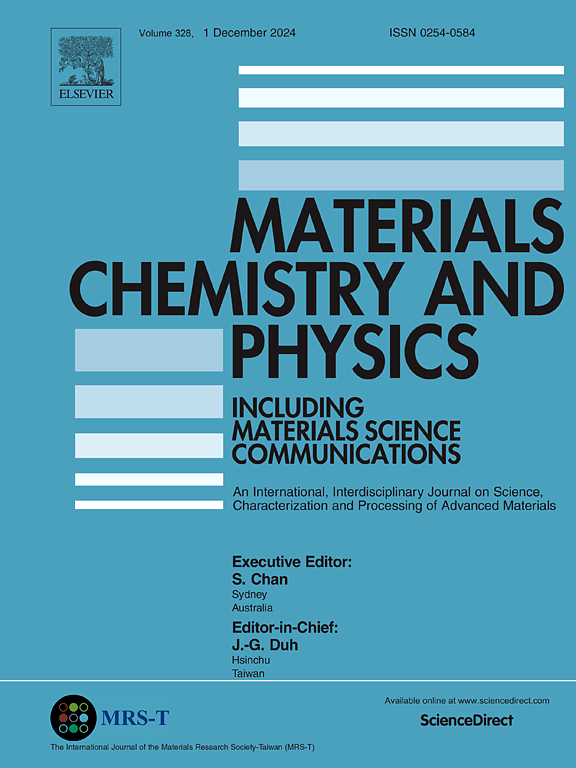Relationship between the shear modulus and volume relaxation in high-entropy metallic glasses: Experiment and physical origin
IF 4.3
3区 材料科学
Q2 MATERIALS SCIENCE, MULTIDISCIPLINARY
引用次数: 0
Abstract
We performed parallel measurements of the high-frequency shear modulus and relative volume for high-entropy Ti20Zr20Hf20Be20Cu20 and Ti20Zr20Hf20Be20Ni20 glasses upon heating from room temperature up to the complete crystallization. The changes of these properties due to structural relaxation both below and above the glass transition temperature are singled out. It is shown that these changes for both initial and preannealed samples can be well described within the framework of the Interstitialcy theory. It is found that the whole relaxation process in the full temperature range of the experiments for both samples’ states can be characterized by a single dimensionless temperature-independent parameter , which equals to −44 and −53 for the above glasses, respectively, and strongly points at interstitial-type defects as a source of the relaxation. We also show that relaxation of the relative volume linearly depends on the defect concentration. This behavior can be described by another dimensionless temperature-independent parameter, which is related with the relaxation volume of defects. It is shown that the obtained results provide resonable estimates of density changes upon crystallization. Possible contribution of vacancy-like defects into the relaxation is discussed.

求助全文
约1分钟内获得全文
求助全文
来源期刊

Materials Chemistry and Physics
工程技术-材料科学:综合
CiteScore
8.70
自引率
4.30%
发文量
1515
审稿时长
69 days
期刊介绍:
Materials Chemistry and Physics is devoted to short communications, full-length research papers and feature articles on interrelationships among structure, properties, processing and performance of materials. The Editors welcome manuscripts on thin films, surface and interface science, materials degradation and reliability, metallurgy, semiconductors and optoelectronic materials, fine ceramics, magnetics, superconductors, specialty polymers, nano-materials and composite materials.
 求助内容:
求助内容: 应助结果提醒方式:
应助结果提醒方式:


